The Essential Gear and Knowledge That You Need to Prepare for Mishaps in the OutbackAs we’ve mentioned in previous blogs, one of the main reasons that we started our HCS website back in 2016 was to share the knowledge that we had acquired during our many years of Hiking, Camping and Shooting. So we’re always gratified when someone reaches out to us to say that they found our gear evaluation criteria, product information, blogs, adventure photos, "Useful Apps", and "Other Helpful Information Sources" links to be helpful. In that vein, this week, Marc and his son Tyler (who is in the process of earning his Boy Scout Wilderness Survival Merit Badge) dropped us a note to say that they found our site to be helpful. And, as with many contacts that we receive, Tyler wanted to “pay it forward” by letting us know about another great online resource that he had found; an article from Advantis Medical on “First Aid and Outdoor Recreation”. Since we’re always looking for additional information, we checked out the article. The article starts out with 9 paragraphs discussing a few of the most significant First Aid risks that you can face when hiking - at a high level:
But the real payoff of the article is the fact that it has links to 14 other webpages that cover a wide variety of wilderness First Aid topics from a broad set of viewpoints. So it’s a great starting point to jump off from.
For us the topic of First Aid is so important that we have different gear for Hiking and Camping and Disaster Preparedness – since because Camping normally includes getting further from civilization, staying overnight and making meals outdoors, the level of activities and risk increases, and in Disasters there are more extenuating circumstances that require additional supplies. So, if you’re interested in relooking your First Aid gear and knowledge before you head out into the wilderness again you should take a look at some of this material. I know that with these resources Tyler won’t have any problem obtaining his Boy Scout Wilderness Survival Merit Badge.
0 Comments
The 10 Items That the “Alone” Competitors Took into the Field to Keep Themselves Alive |
| Compact Stove
| Stove Windscreen
| Stove Fuel Canisters
|
- BRS 3000T
- Jetboil Flash
- Jetboil MiniMo
- MSR PocketRocket 2
- MSR WindBurner
- Snow Peak GigaPower 2.0
- Snow Peak LiteMax Titanium Stove
- Solo Stove Lite
- Soto Amicus
- Soto Windmaster
In addition to their recent article about the “Best Backpacking Stove” Sport Fitness Advisor has numerous other articles related to Hiking and Camping. You should go take a look.
https://www.sport-fitness-advisor.com/?s=hiking
https://www.sport-fitness-advisor.com/?s=camping
If you would like to see another expert opinion on what the best backpacking stoves currently on the market are - you should check out Clever Hiker’s latest list of “Best Backpacking Stoves”; he’s always got great insight into the gear you need.
Last Year We Had More Readers Than Ever Before
In 2021 our readership increased by 32% and came from 112 different Countries from around the world. We had an increase of 10% of our readers coming from countries outside of the US, but 77% or our readers still came from the United States. The largest concentrations outside the US were from the following 20 Countries:
|
|
|
|
The majority of our users look at our website between the hours of 10:00 AM and 1:00 AM.
|
|
We Have Readers from All Over the World
In 2020 we had readers from 81 different Countries from around the world, with 87% or our readers coming from the United States, and the largest concentrations outside the US being from the following 20 Countries:
|
|
|
|
The majority of our users look at our website between the hours of 9:00 AM and 12:00 AM (midnight).
Great Article from Outdoor Explorer
The latest was Louis from Outdoor Explorer, a new Australian website all about camping and the great outdoors. Louis had recently read our blog post about The “Outdoor Code”, “Leave No Trace” and Low Impact Camping and reached out to share his article about the 8 Benefits of Camping – Why It’s Fun AND Good For You.
All of us that love the outdoors know that being in the outback, away from the hustle and bustle of everyday city or suburban life, is invigorating and makes us feel better. But, as Louis’ article asks, what can you tell a friend that’s reluctant to head outside to convince them that “camping is not only fun, but also great for boosting your mood, lowering stress, building relationships and generally improving your overall health!” To help you solve that problem Louis “put together this list of the 8 major benefits of camping” so that you can “shoot it off to your friends that are having trouble finding the motivation to leave their creature comforts behind and go camping with you!”
The 8 benefits that Louis cites are:
- Fresh Air
- Socialisation
- Improved Mood
- Less Stress
- Exercise
- Better Sleep Cycles
- New Challenges and Experiences
- Get Back In Touch With Nature
To get all the details on these 8 camping benefits you should head on over to Outdoor Explorer and read the whole article.
We certainly agree with the article’s conclusions that:
- “As well as being fun, camping has a wide variety of secondary benefits that can improve your overall health.”
- “These range from improved digestion and lower blood pressure, through to better sleep quality and lower risk of heart disease.”
- “Camping can reduce your risk of disease while simultaneously extending your lifespan, improving your interpersonal relationships and staving off muscle mass decline and memory loss.”
So get out there and enjoy the great outdoors - and take a friend that needs a little convincing with you.
Best Pocket Knife Article from Sport Fitness Advisor
- Best Pocket Knife
- Second Best Pocket Knife
- Best Budget Pick
- Best Pocket Knife for Hunting
- Best Pocket Knife for EDC
- Best Pocket Knife that is also a Multi-Tool
- Best Pocket Knife for Tactical Use
- Best Pocket Knife that is Foldable and Locking
- Best Pocket Knife with a Thumb Hole
The Sport Fitness Advisor article includes some great explanations on:
- What does tang mean in knife terms?
- What are the different kinds of locking blades out there?
- What are the advantages of fixed blade types?
- What are the pros and cons of having a pocket knife compared to using a multi-tool?
- What are the differences between fixed blades and folding types?
- What exactly is EDC? What are the common EDC?
- What are the advantages of having an EDC?
- And our favorite - since they also included the link to an article from Lansky's website from back on 5 February 2013 on "Knife Blade Profiles and Uses"
- What are the different blade profiles to choose from?
You can read the entire "Best Pocket Knife" article from Sport Fitness Advisor here.
https://www.sport-fitness-advisor.com/best-pocket-knife.html
In closing here’s our two cents on the best pocket knife topic. As you can see on our website’s Hiking and Camping pages we have several knives (and other bladed tools) for different jobs - but our favorite pocket knife is our Case Cutlery 135 Case Slimline Trapper. We also love our Buck 110 Auto.
What's On This Page?
Here's where we post reviews, questions, answers, thoughts and other information that's of general interest to our followers in a blog format.
Categories
All
Adventures
Camping
Disaster Preparedness
Hiking
Interesting Gear
New Gear
Our Thoughts
Shooting
Site Additions
Trade Shows
Website Statistics
Archives
August 2023
June 2023
March 2023
February 2023
January 2023
December 2022
November 2022
October 2022
September 2022
August 2022
July 2022
June 2022
May 2022
April 2022
March 2022
February 2022
January 2022
December 2021
November 2021
October 2021
September 2021
August 2021
July 2021
June 2021
May 2021
April 2021
March 2021
February 2021
January 2021
December 2020
November 2020
October 2020
September 2020
August 2020
July 2020
June 2020
May 2020
April 2020
March 2020
February 2020
January 2020
December 2019
November 2019
October 2019
September 2019
August 2019
July 2019
June 2019
May 2019
April 2019
March 2019
February 2019
January 2019
December 2018
November 2018
October 2018
September 2018
August 2018
July 2018
June 2018
May 2018
April 2018
March 2018
February 2018
January 2018
December 2017
November 2017
October 2017
September 2017
August 2017
July 2017
June 2017
May 2017
April 2017
March 2017
February 2017
January 2017
December 2016
November 2016
October 2016
September 2016
July 2016
June 2016
May 2016
|
|
Copyright 2016-2024 Hiking, Camping and Shooting |
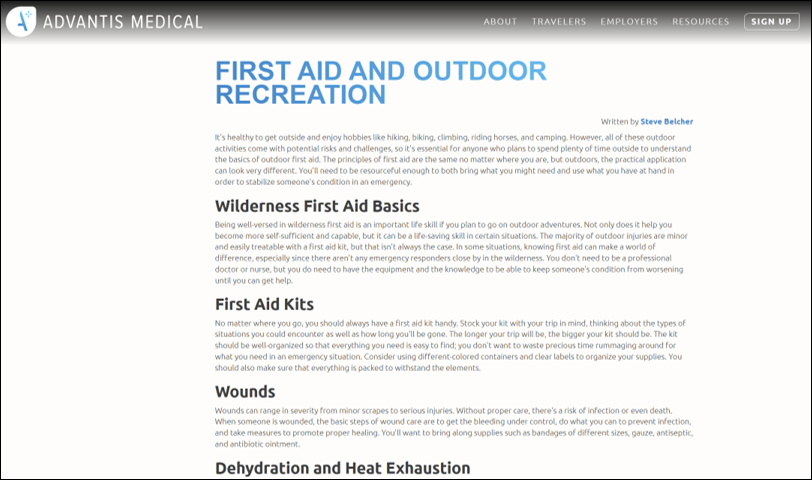

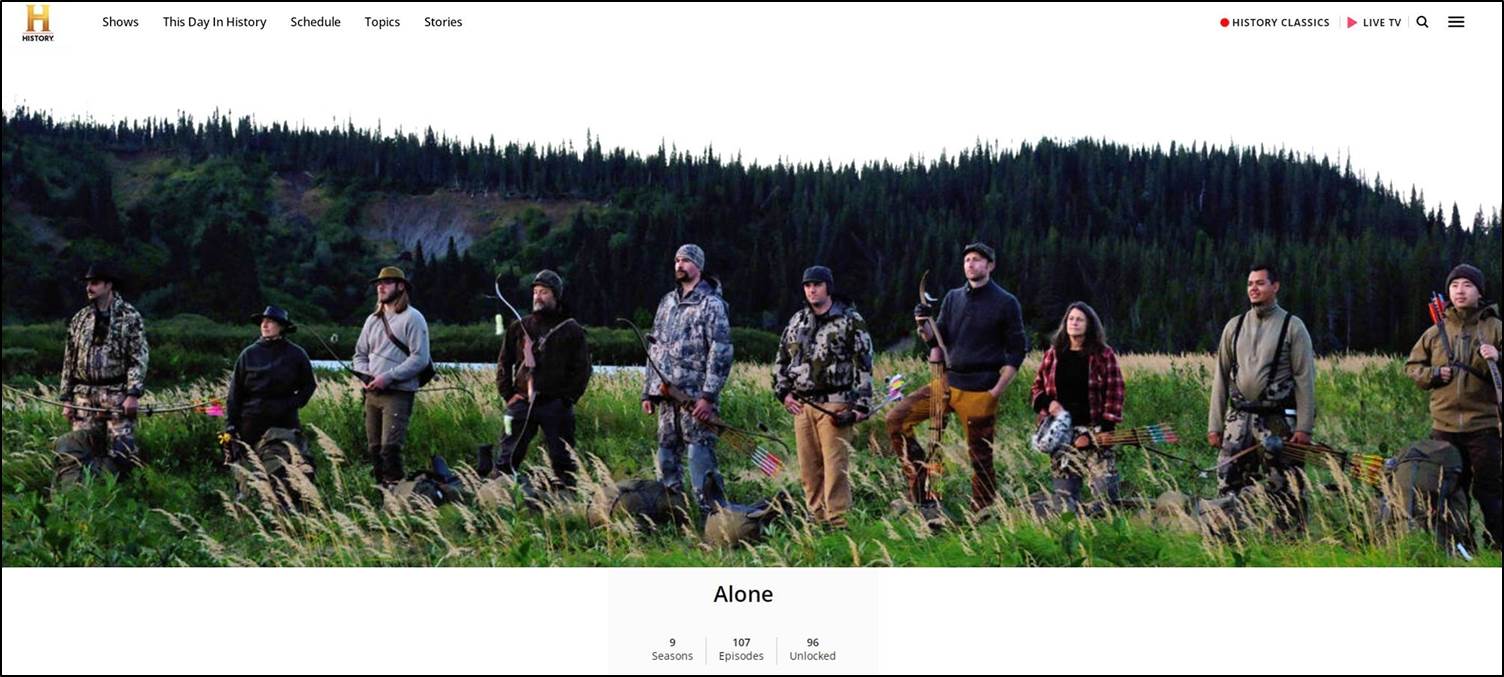
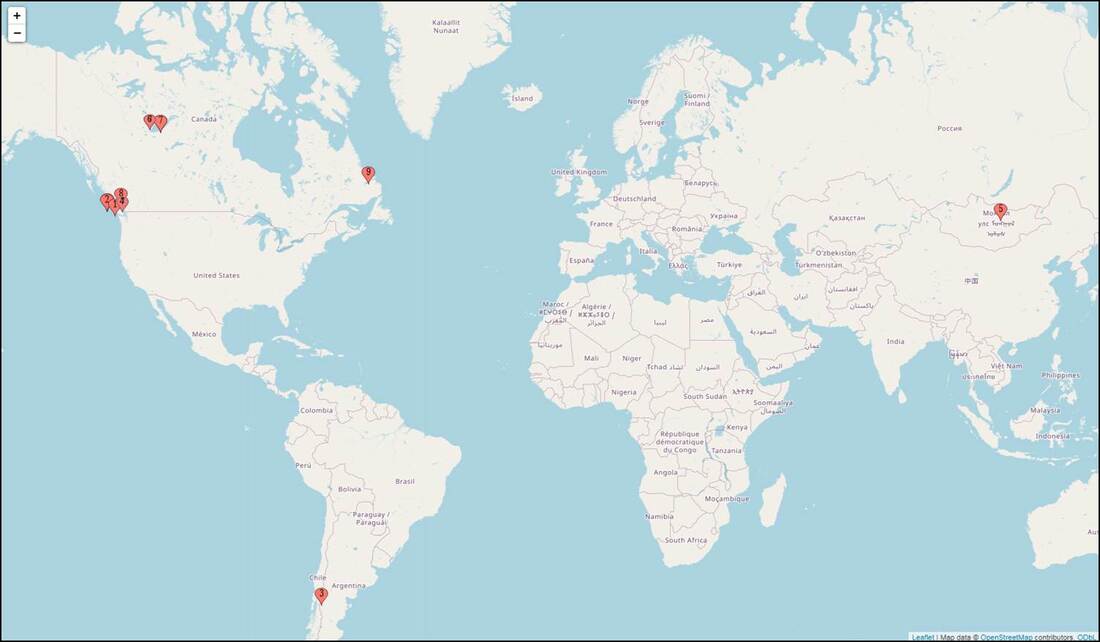
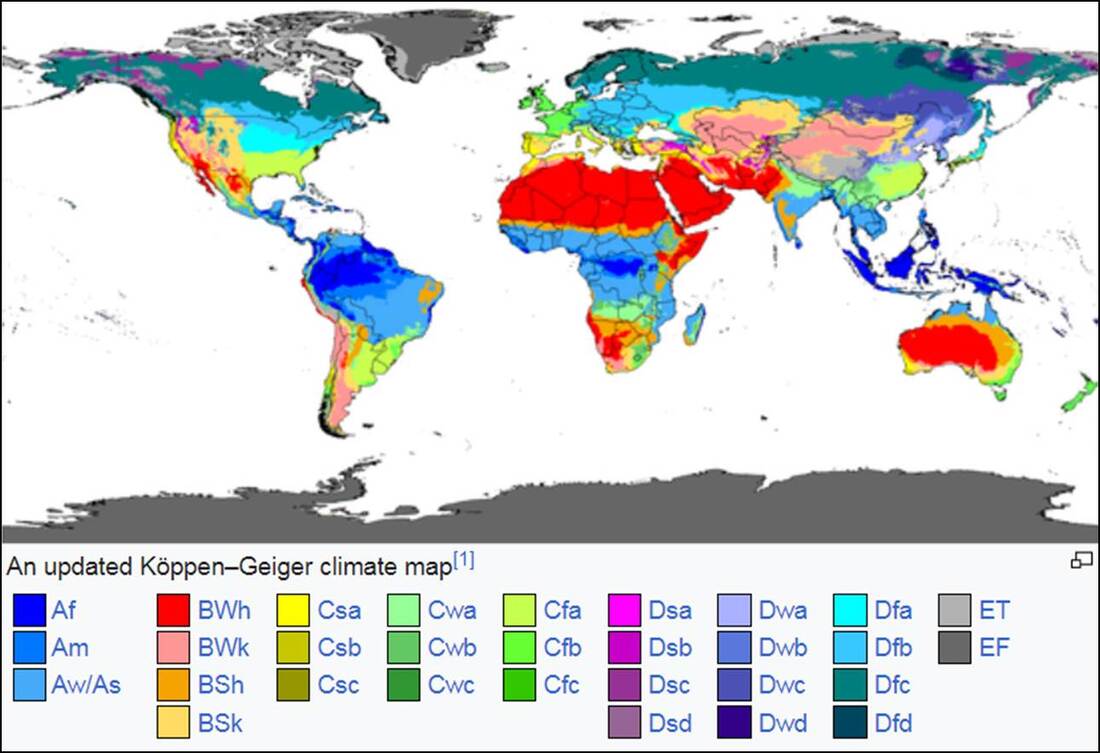
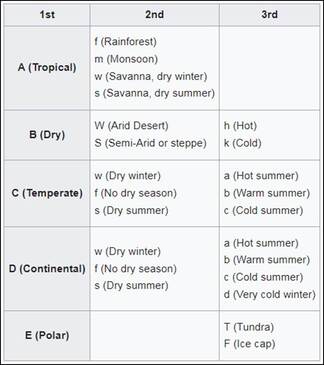
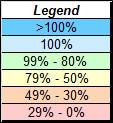









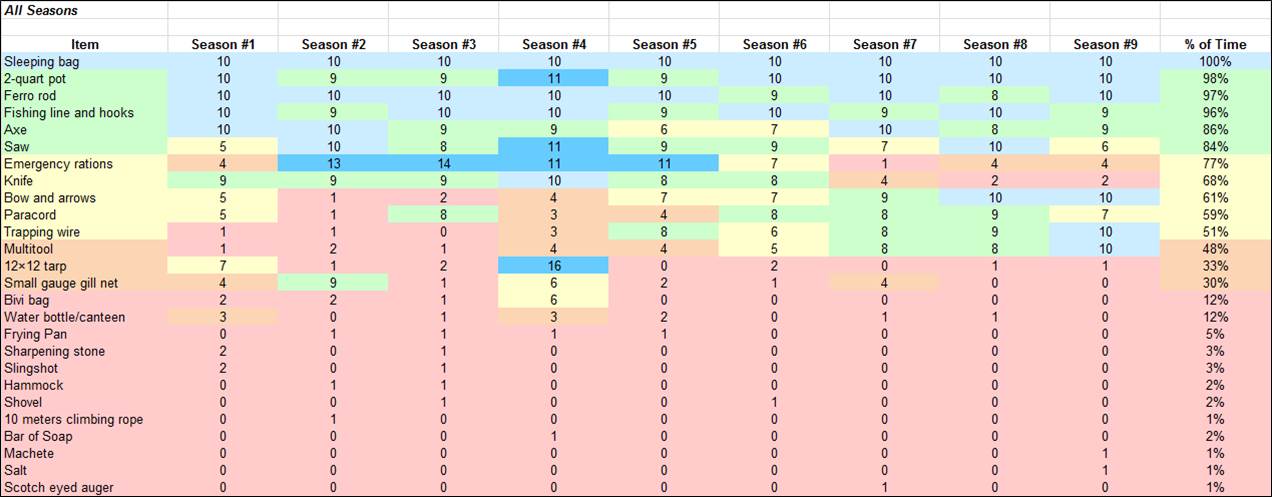
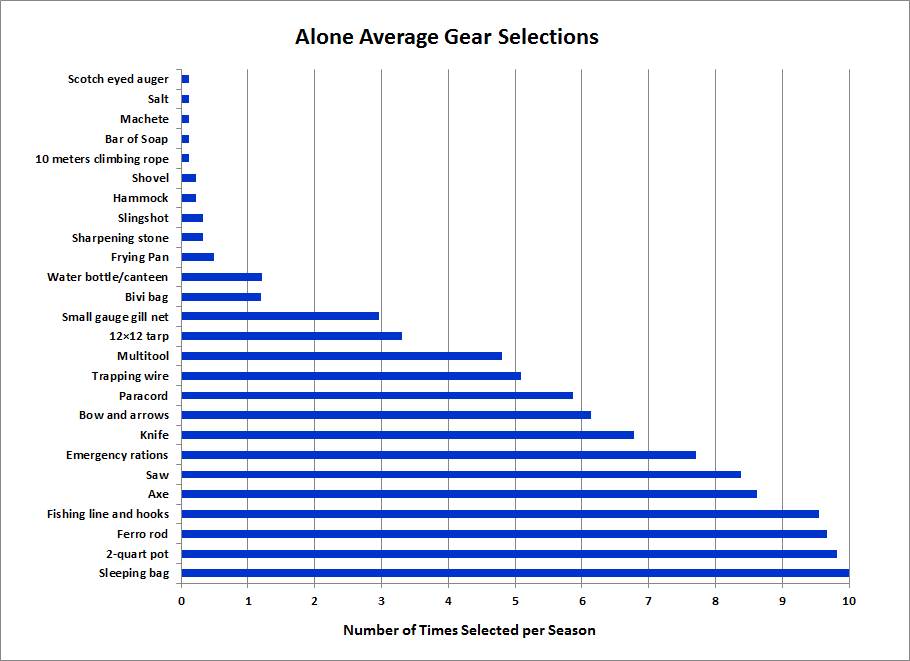
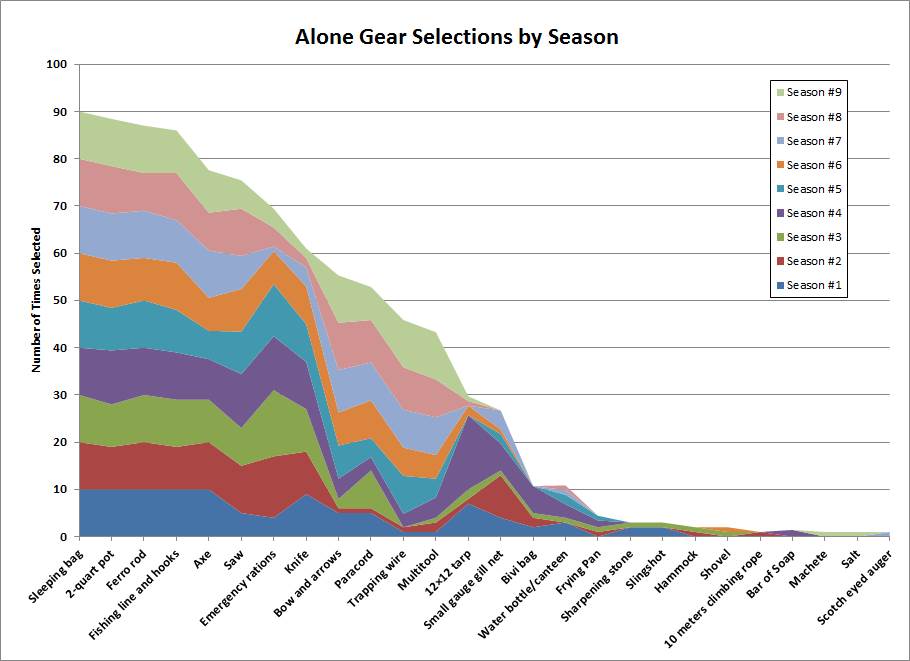
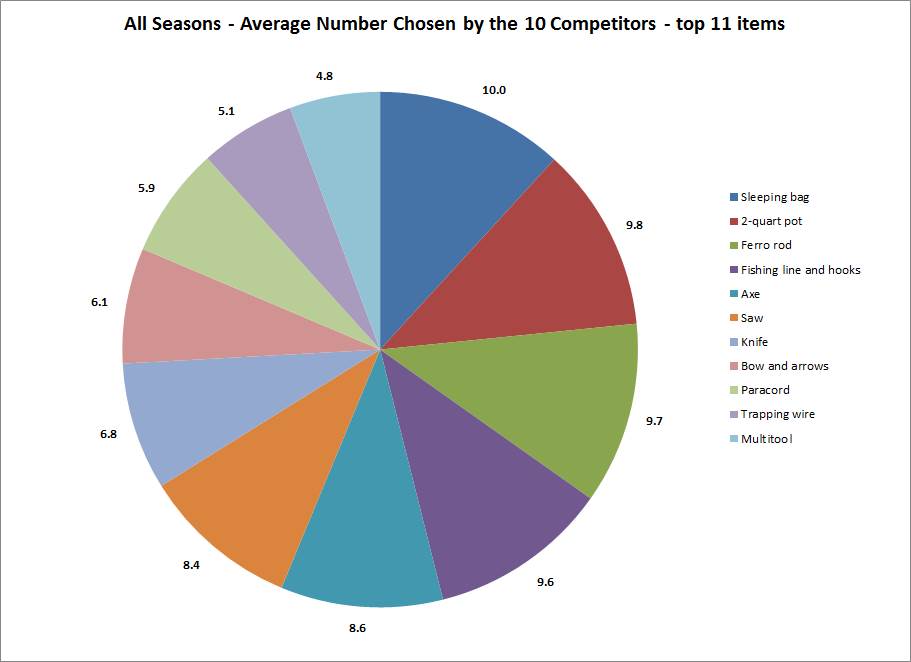
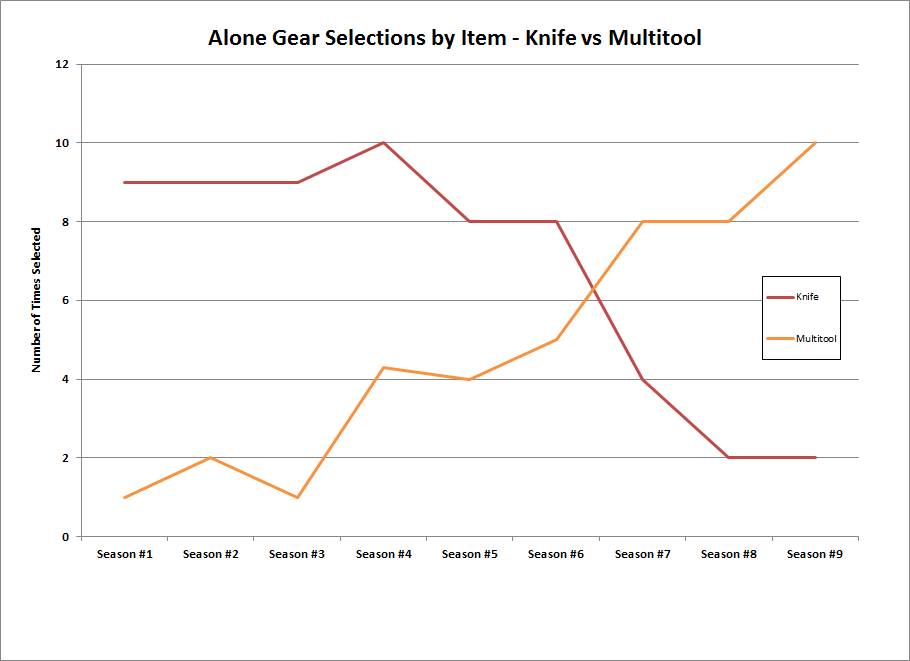
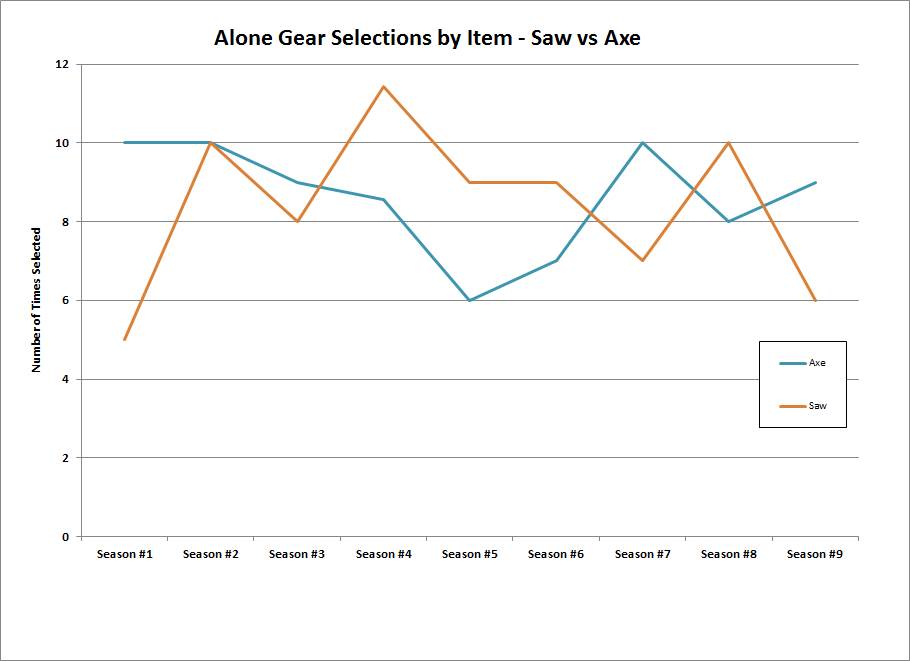
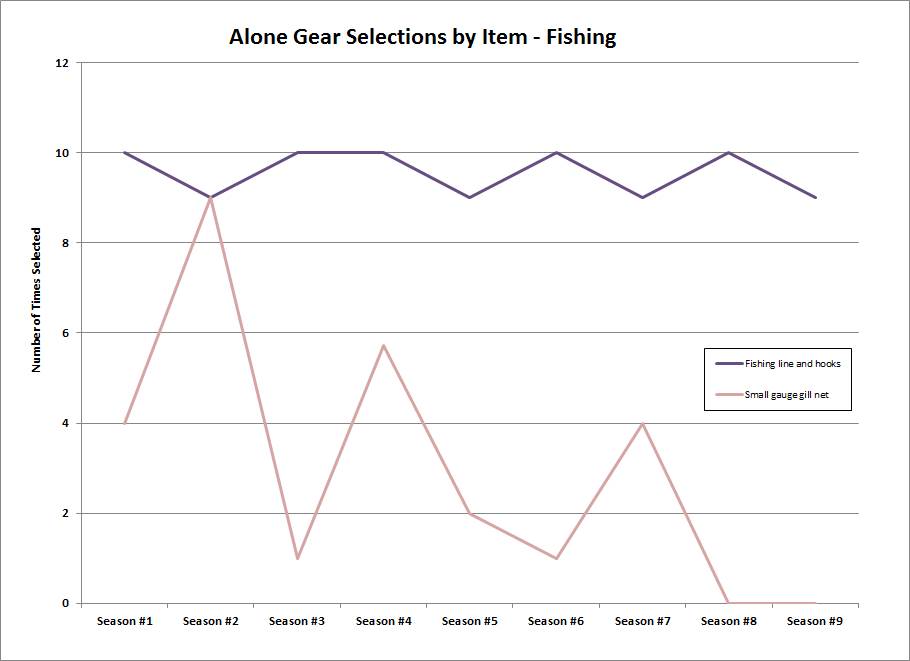
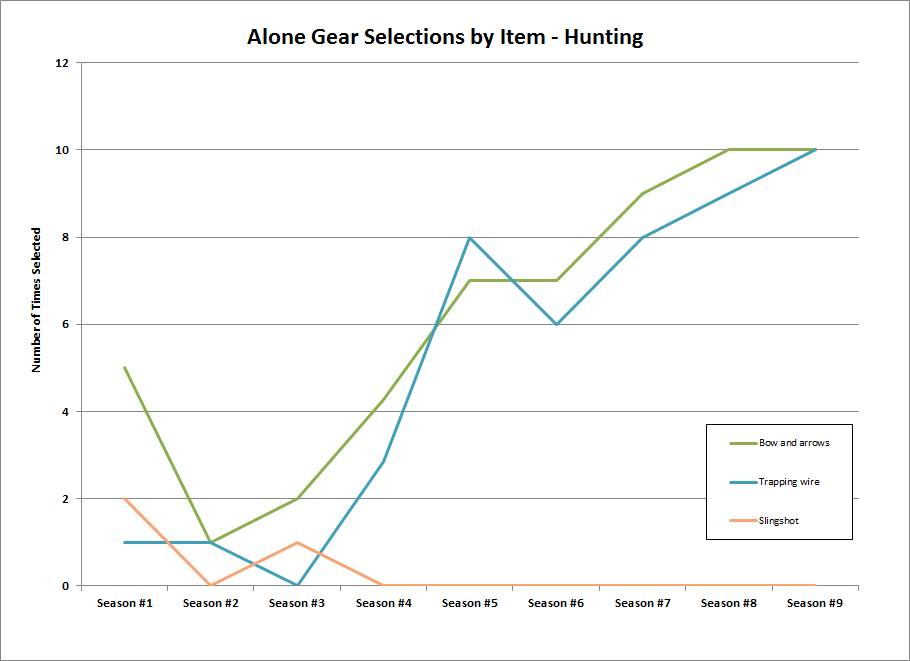
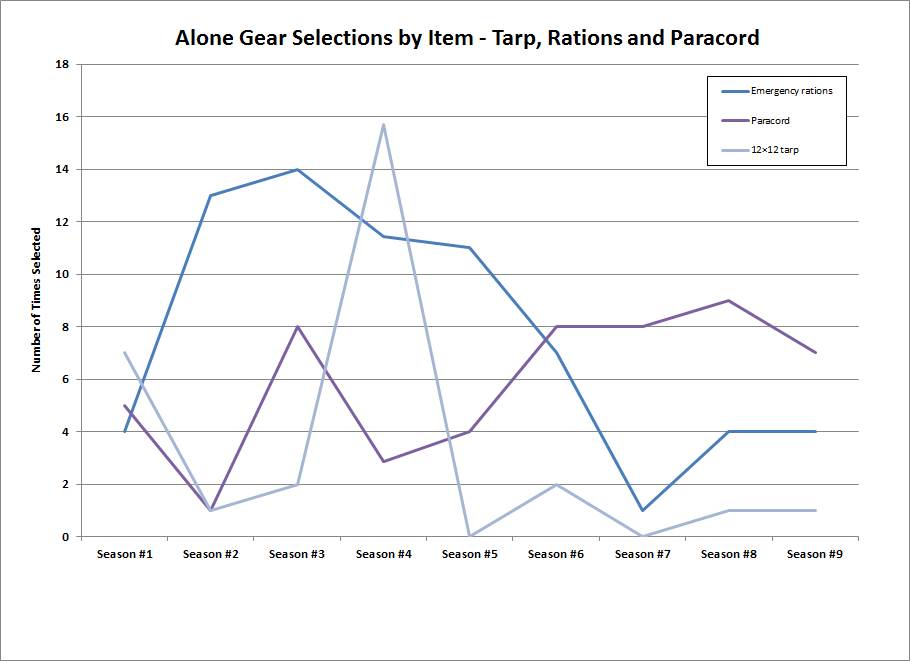
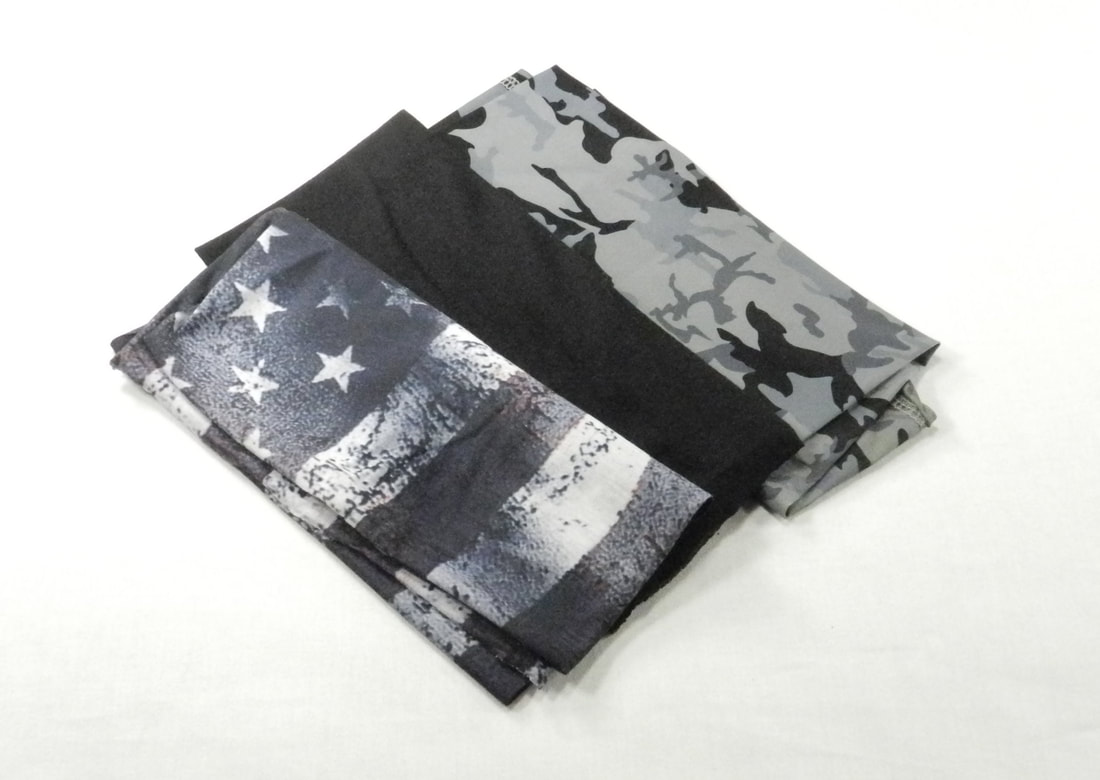
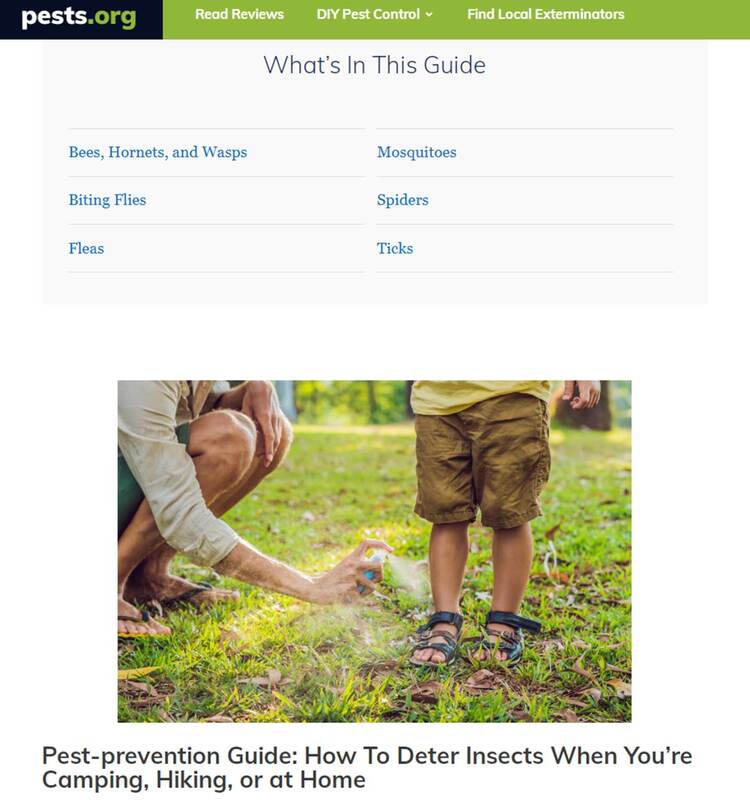
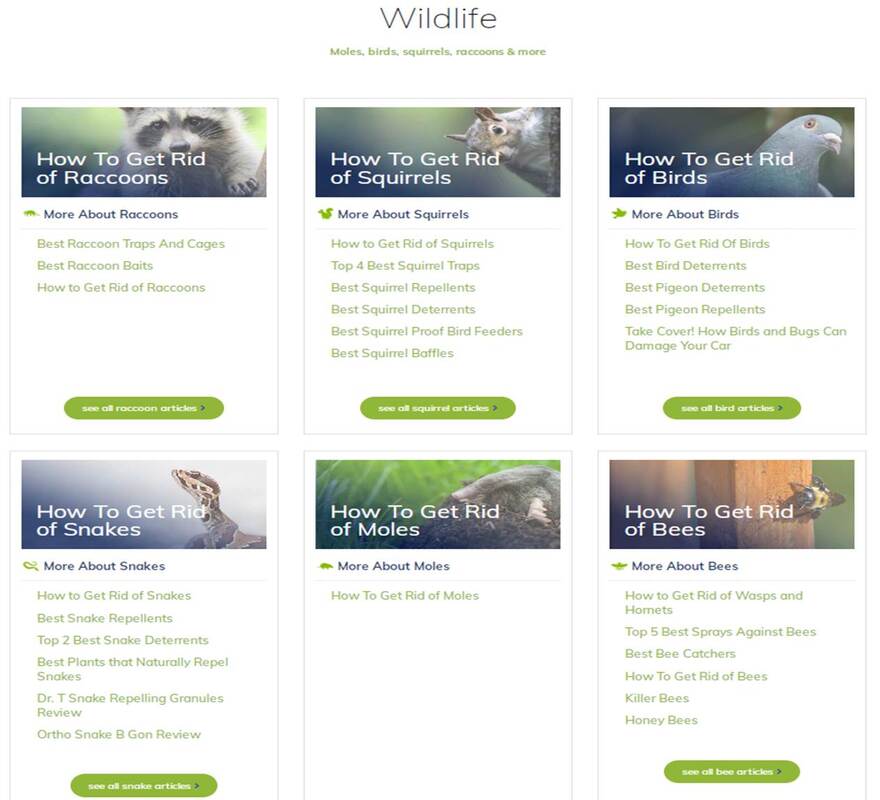
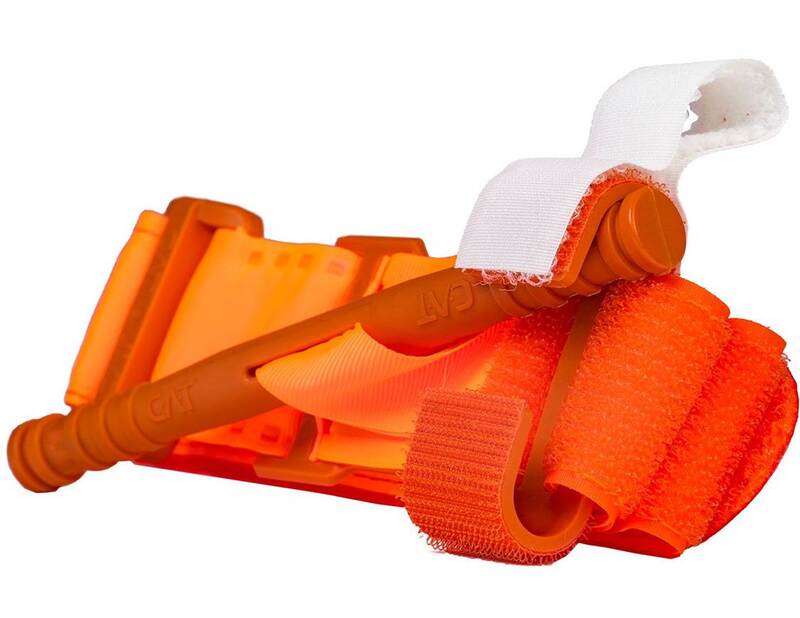
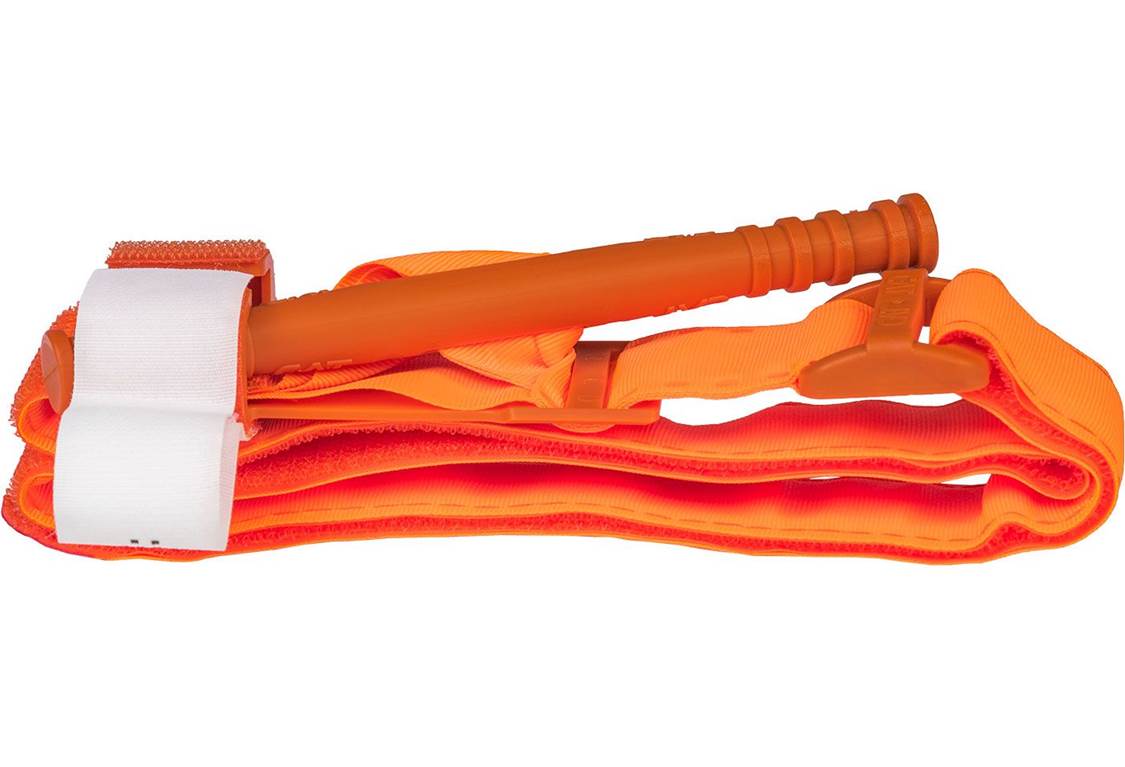
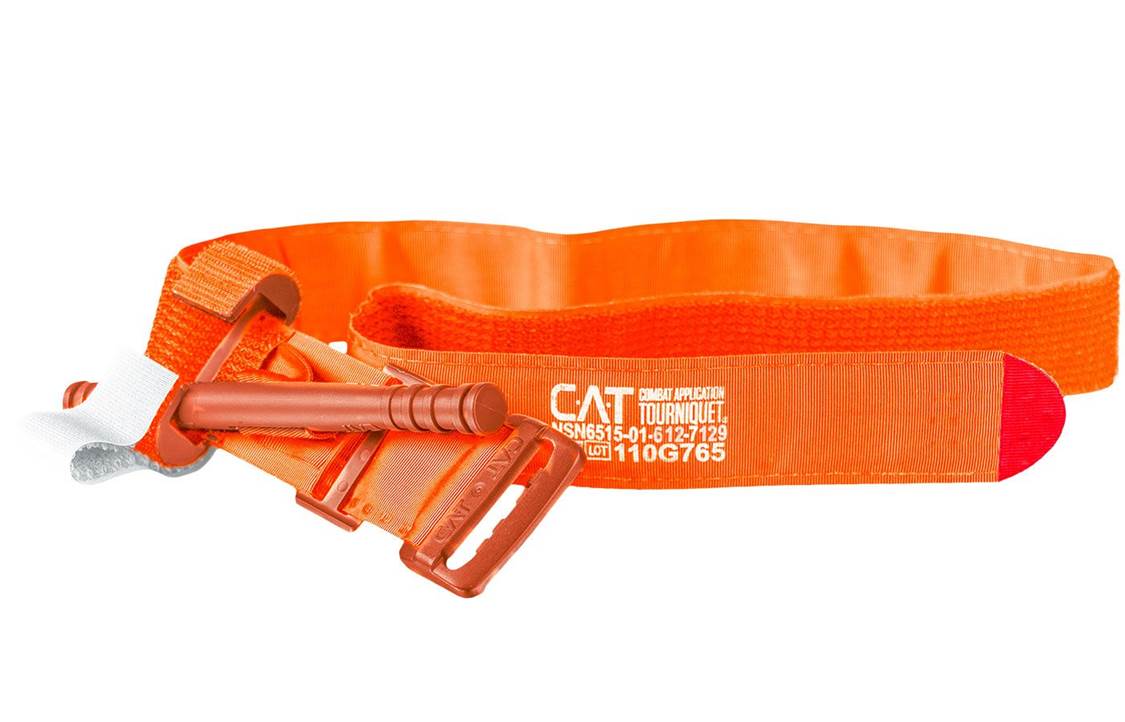
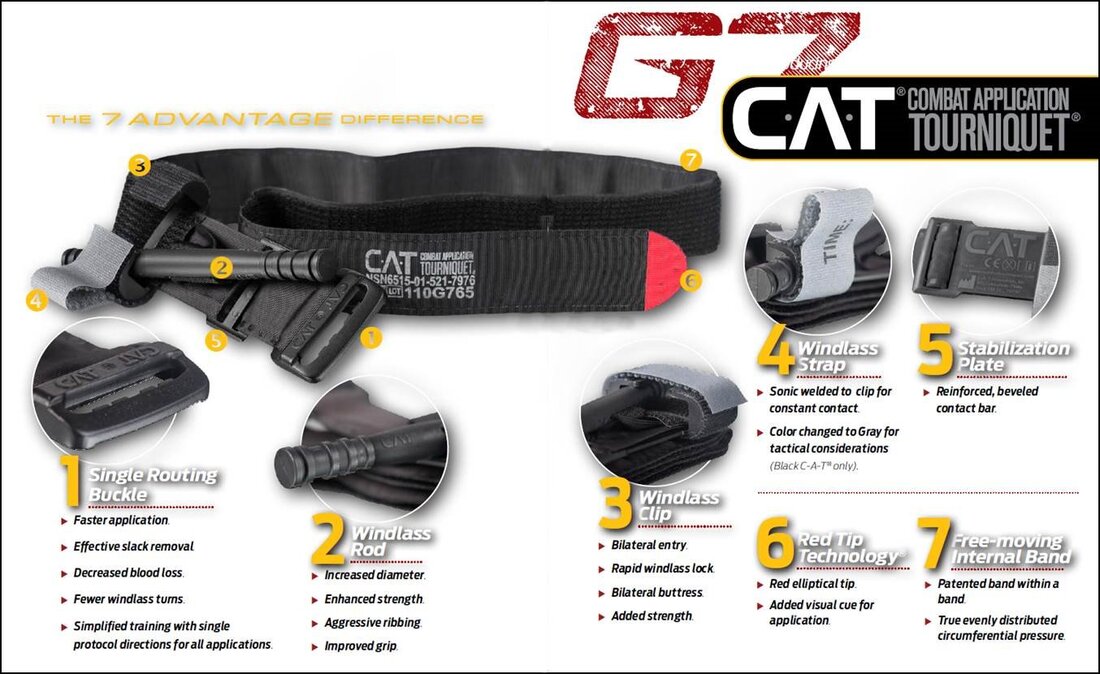
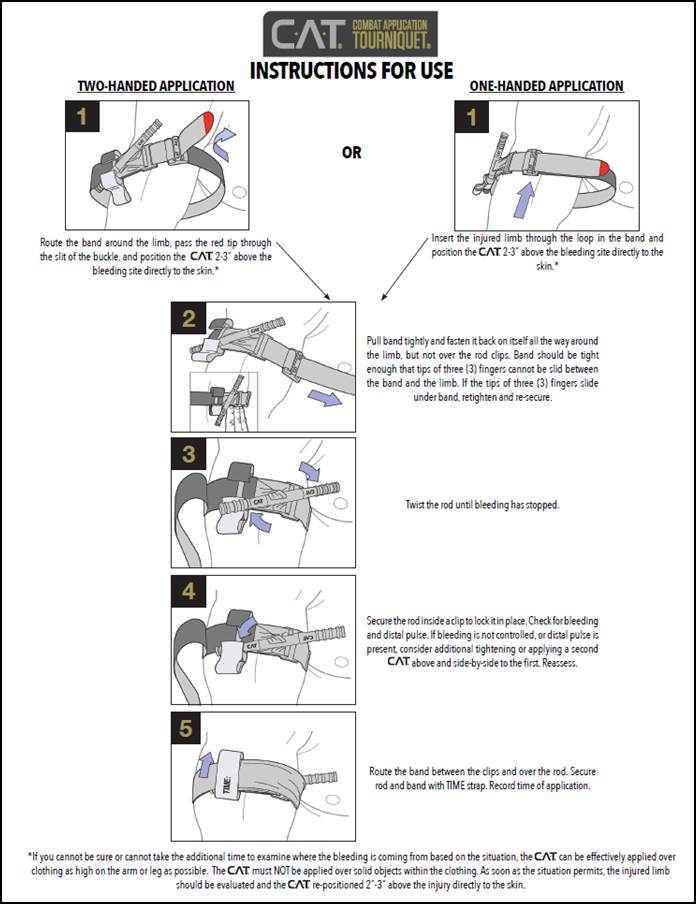
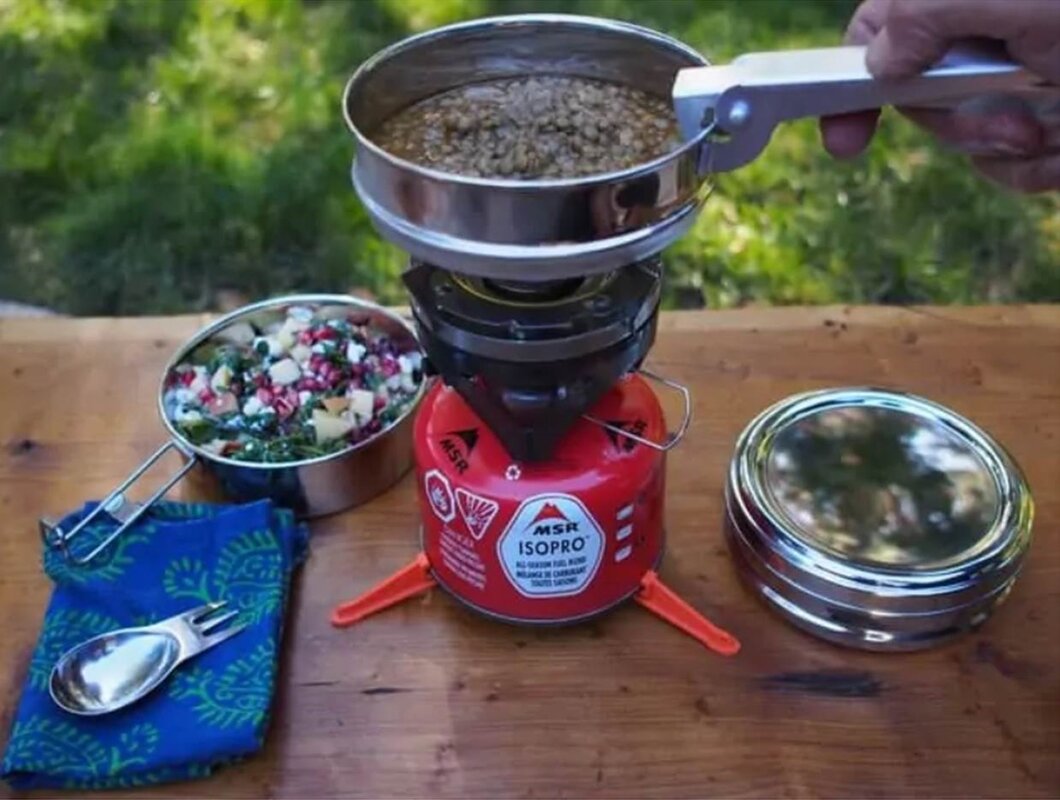

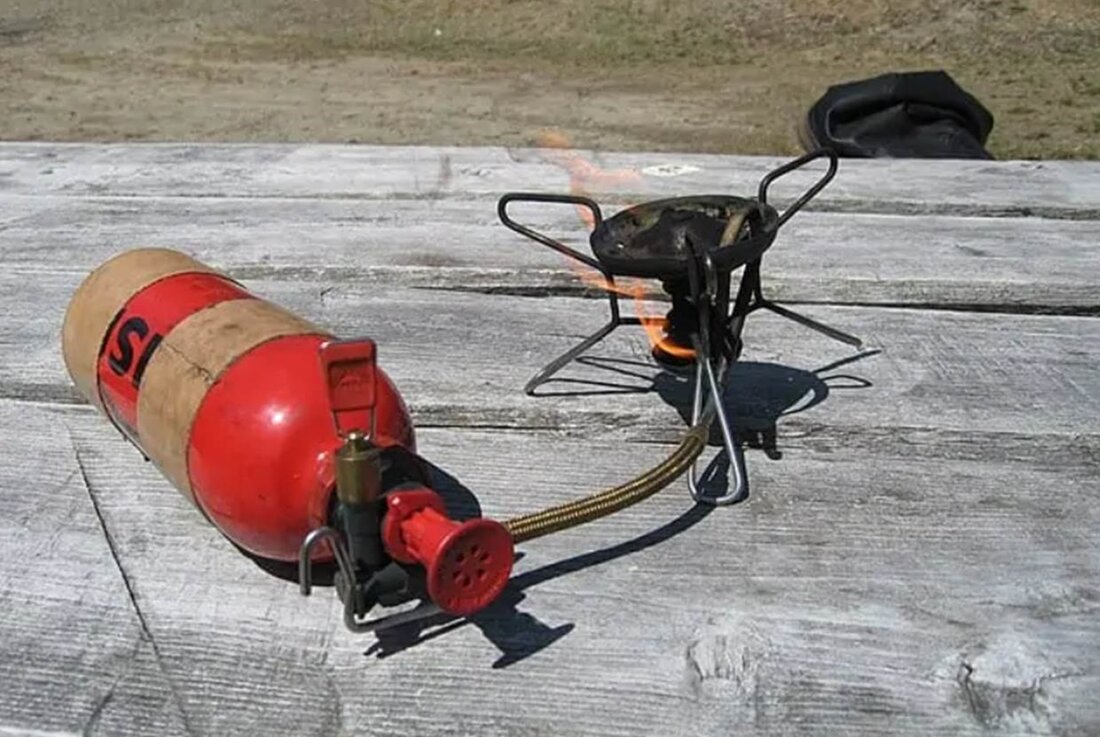
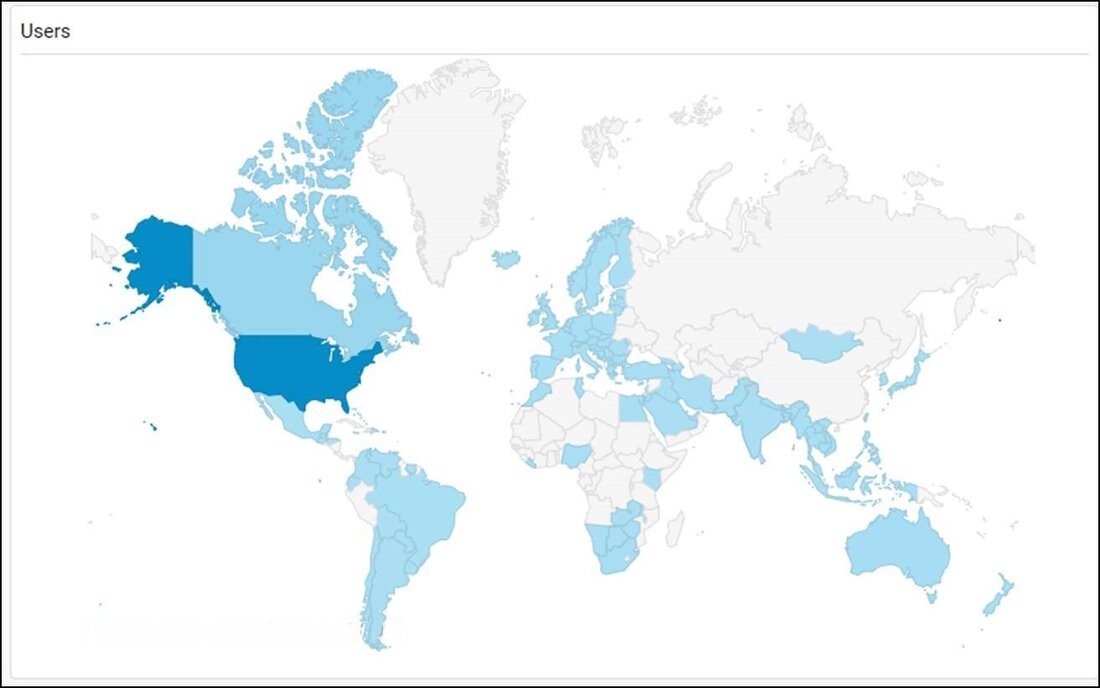






















 RSS Feed
RSS Feed